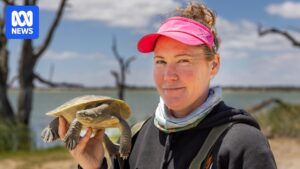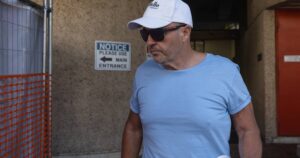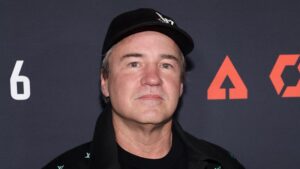
“We decided to respect our community, I think, and that was the difference,” says Alison McLean, the head of economic development at the Hay Shire Council in south-west New South Wales. This sentiment encapsulates the proactive approach taken by the Hay community, which sits at the heart of the newly established South-West Renewable Energy Zone (REZ).
With an impressive 40 gigawatts of wind and solar project proposals, the region’s embrace of renewable energy has been notably smoother than in other areas. According to McLean, this success stems from the community’s decision to set its own agenda, rather than having it imposed by external developers.
Community-Driven Engagement
In an interview on Renew Economy’s Energy Insiders podcast, McLean emphasized the importance of local involvement. “People in Hay and in small rural communities, in my experience, have really good bullshit meters,” she explains. “If they can detect it in the first conversations, it’s really hard to turn that around.”
To avoid such pitfalls, Hay adopted a proactive strategy, collaborating with local councils and ensuring that both the community and developers were well-informed. “We understood that our topography suits renewable energy development,” McLean notes, highlighting Hay’s flat landscape and sparse population as ideal for such projects.
“We can either have this done to us, or it will be done with us in terms of the transition.”
This philosophy led to the creation of a comprehensive document outlining community concerns, potential impacts, and desired opportunities. The result was a set of clear “rules of engagement” for developers, fostering a more respectful and innovative consultation process.
Challenges and Opportunities
The Hay region is poised to see several large projects come to fruition, having secured access rights within the REZ. However, many other projects face grid access challenges, with some having to scale down, including the Pottinger, Dinawan, and Bullawah projects. Despite this, the four projects granted access rights, including the 1.45 GW Yanco Delta wind project, are expected to attract over $10 billion in investment.
Efforts are underway to expand the REZ’s capacity, potentially unlocking additional projects. Proposals include better utilization of local lines and the addition of large batteries to stabilize the grid. While most of the community supports these developments, McLean acknowledges that dissent exists.
Voices of Opposition
“There are people in our community who do not want this to happen, and they have every right to hold that opinion,” McLean states. Interestingly, the Pottinger wind farm, with its 247 turbines, faced fewer objections than a proposed unmanned service station in the town’s main street. Most objections came from distant areas, highlighting the complexity of local versus external perspectives.
“It is enormously comforting that there are planning processes where people can engage in a democratic way and voice their opinions.”
Looking Ahead
The Hay community’s experience offers valuable insights for other regions navigating the renewable energy transition. By prioritizing local engagement and setting clear expectations, Hay has managed to turn potential conflict into collaboration. As the renewable energy landscape continues to evolve, the lessons learned here could serve as a model for others.
For a deeper dive into this topic, listen to the full interview with Alison McLean on the Energy Insiders Podcast. Additionally, explore related discussions on renewable developer rating schemes and their impact on regional communities.






